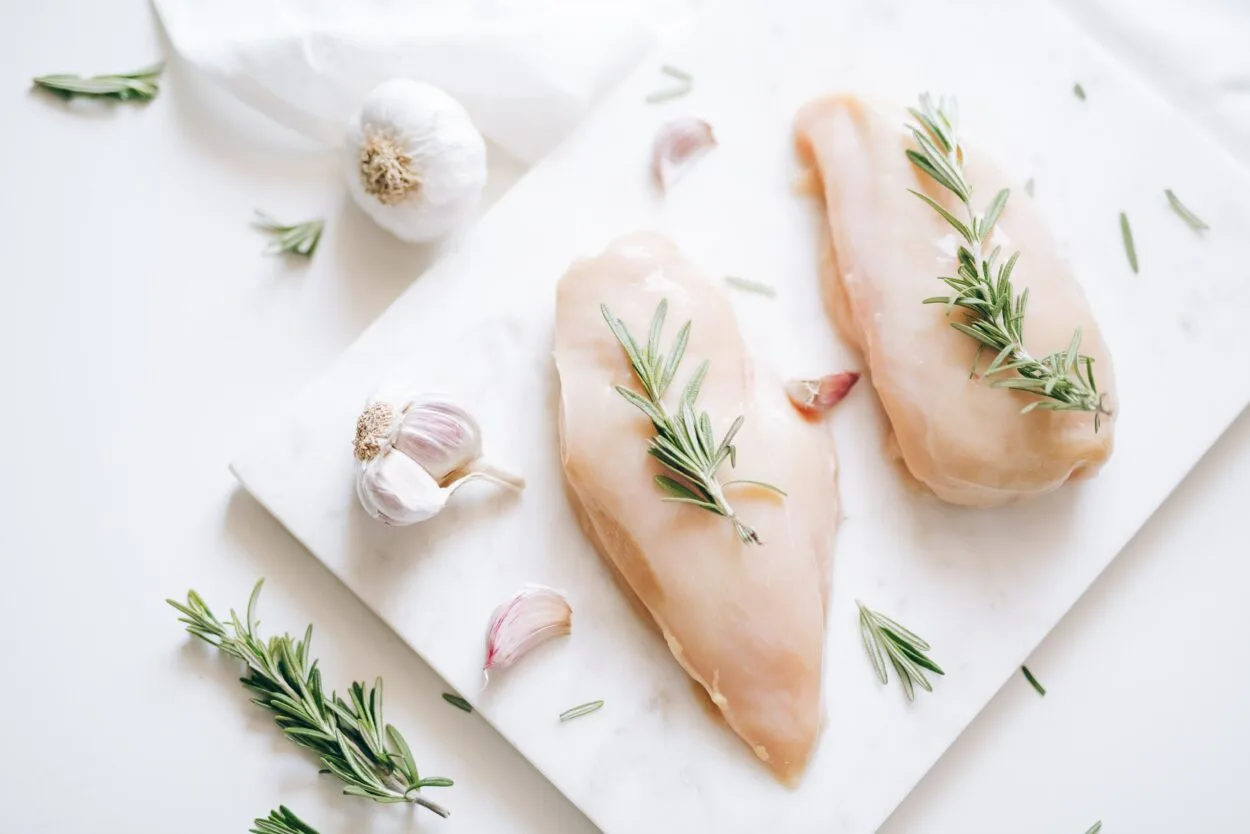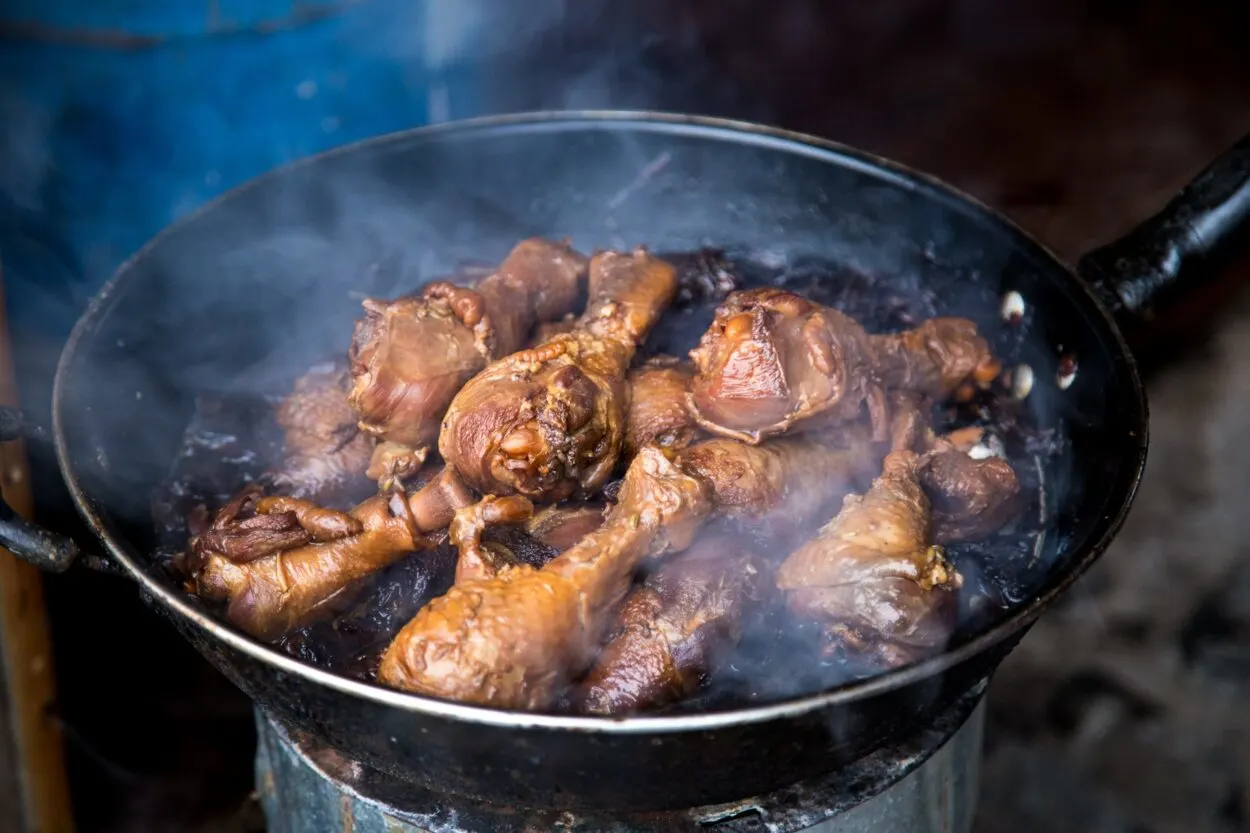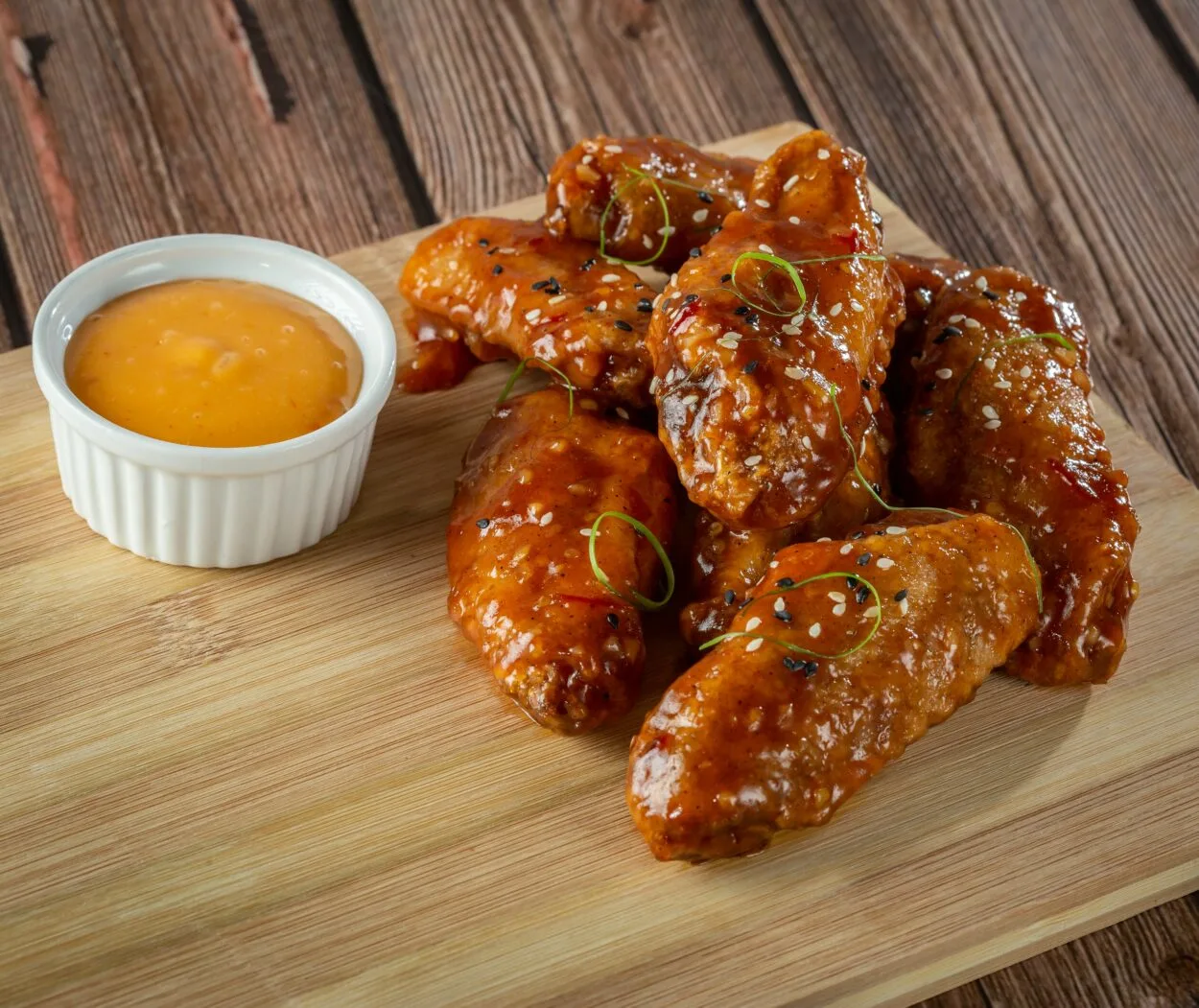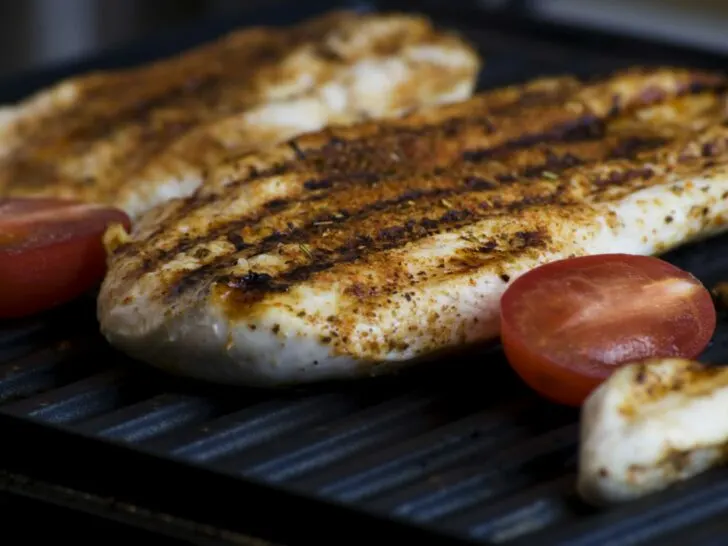You may have cut a lot of chicken meat in your lifetime, but whether you like it or not, the majority of us are inexperienced cooks or butchers who do not even care to know what portion of the chicken we are cutting.
Chicken breast and tenderloin are two common pieces of bird that frequently appear on our dinner plates.
Both cuts are indispensable in many recipes since they each have special advantages and distinctive flavors. It depends on the individual’s preferred cut, although most people like chicken breast.
The tenderloin is a tiny muscle found between the breast and the breast bone itself, whereas the chicken breast is a larger muscle found on the underside of the bird.
Both pieces differ in size and quantity. Chicken breast is considerably larger, whereas Tenderloin is so small that at times you might even miss it out while cleaning a chicken.
Understanding the distinctions between these two choices and how they may affect the finished dish is crucial to making an informed decision. Let’s start.
What Is A Chicken?
Even chickens are birds. Its comb and two wattles are two features that place it in a different position from most other birds. It is primarily used in cooking.
The Red Jungle Fowl, which still exists in the wild in Southeast Asia, is usually thought to have been the main source of domestic chicken breeds and variants that are known today.
Its enormous range of cooking options—you may roast, bake, grill, fry, and sauté it, to name a few—have made it the world’s most prevalent and widely consumed domesticated bird.
The cooking method, temperature, or type of meat used—including white meat like chicken breasts and wings, and dark meat like drumsticks and thighs— may vary. Chicken is often cooked through when the internal temperature hits 165°F (75°C).
Cuts In A Chicken
Since each client has a different preference, it is crucial to identify the poultry parts frequently encountered in retail establishments.
No of the cut, properly prepared chicken is juicy, tender, and has the best-looking skin.
By slicing through the soft natural joints of the bird, poultry can be segmented for optimal production and precision processing.
A chicken that has been divided into two drumsticks, two thighs, and both breasts that have been cut in half across the rib bone is referred to as an “8-cut chicken.”
There can be over 24 different cuts to open up a chicken piece. Let’s examine a few of them.
| Cuts in a Chicken | Description |
| Whole Breast | At the intersection of the vertebral and sternal ribs, the chicken’s intact breast is separated from the rest of the bird. |
| Boneless Breast | It is the entire breast that has been boned out. You can either attach or remove the skin. |
| Tenderloin | The muscle that is pressing up against the keel bone is the inner pectoral muscle. The muscle that is taken out of the inner part of the breast flesh is long and narrow. |
| Whole Leg | It consists of the thigh and drumstick without the back |
| Drumstick | At the hock and knee joints, the lower leg is divided from the upper leg. |
| Whole Wing | It consists of the entire wing, complete with all of its muscle, bone, and skin, with the possible exception of the wingtip. |
| Wing Drumette | The shoulder of the wing is located between the second and third joints. |
What Is A Chicken Breast?

In reality, a chicken’s breast is its underside when it’s standing up and moving around.
There are two breasts on each chicken. Typically, when a chicken breast is called for in a dish, it refers to half of the breast rather than the entire breast.
Due to the fact that most consumers prefer the white flesh in the chicken breast over the dark meat from the other sections of the bird, these are the most expensive chicken parts to purchase.
Skin-on or skin-off, bone-in, or boneless chicken breasts are offered for sale.
It’s best to purchase meat with the skin on for the majority of cooking purposes to prevent the meat from drying out during cooking; you can remove the skin later if you’d like.
The nutrition facts of a chicken breast are as follows.
| Nutrients | Amount |
| Calories | 128 |
| Fat | 2.7g |
| Sodium | 44mg |
| Carbohydates | 0 |
| Fibre | 0 |
| Sugar | 0 |
| Protein | 26g |
What Is A Chicken Tenderloin?

A muscle called the chicken tenderloin is found behind the chicken breast, not far from the bone. Each tenderloin consists of two chickens.
Tenderloins may be included when buying chicken breasts, and you will see that they are joined to thin membranes.
It is a white flesh that is extremely juicy and soft. They are also known as chicken strips or chicken breast tenders in various contexts.
The meat known as chicken tenders is quite adaptable and can be utilized in a variety of homemade cuisines. They are lower in fat and a rich source of protein.
Additionally, they are a good source of phosphate, potassium, and iron. For this reason, bodybuilders and gym visitors frequently include chicken tenderloins in their meals.
Steps To Cut And Freeze Chicken Tenderloin
To stop the transmission of bacteria, chop your poultry with a special knife and cutting board.
Start by trimming away any extra fat from the boneless, skinless chicken breasts. For consistent cooking, cut the chicken into pieces of comparable size.
Before coating the chicken tenders with batter or breadcrumbs, always dry them thoroughly using paper towels.
For simplicity of usage and identification, you can also freeze them in secure bags. Prepare chicken tenders in the appropriate portion sizes for later simple defrosting.
Difference Between Chicken Breast And Chicken Tenderloins
Chicken is a common ingredient that appears in practically most dishes as a side dish and a main course. Although it is popular, some people must still partake because of their religious convictions.
Chicken tenderloin and chicken breast are two of the trickiest chicken parts to distinguish.
The size, form, and nutritional value are just the beginning.
Compared to chicken breast, which is rougher and drier, chicken tenderloin is more tender and has a lower potential to absorb flavor.
Chicken breast is essentially bland and is clearly distinguished. However, chicken tenderloin has more flavor and is somewhat rectangular yet elongated.
Both are strong in protein; however, chicken tenderloin mainly contains traces of the vitamins and minerals found in chicken breast whereas chicken breast has a higher protein content and is more packed with them.
The table below will make the differences between chicken breasts and tenderloins easy to understand.
| Description | Half the size of a chicken breast | Chicken Breasts |
| Shape | Elongated strips | Large |
| Size | Flavour | Larger then tenderloin |
| Location | Inner muscle | Outer muscle |
| Texture | Tender and juicy | Dry |
| Flavor | Sweet | Bland |
| Flavor | Moderate | High |
Which Is Healthier: Chicken Breast Or Chicken Tenderloins?
When comparing the nutritional value of these two, tenderloin is less healthy than chicken breast.
Chicken breast has more protein and less fat and calories. Additionally, the cobalamin level is 2% higher. As we have already discussed, cobalamin is essential for the body’s production of red blood cells.
RBCs are crucial for eliminating CO2 from the body and transporting oxygen.
So choosing chicken breast is the greatest option whether you’re into protein loading, muscle building, or just for the nutritional worth of the leanest meat.
Alternatives To Chicken Breast And Chicken Tenderloins
Chicken Drumstick

The drumstick is the lower, meatier portion of a bird’s leg that runs from the knee joint almost all the way to the foot, such as a chicken, turkey, or duck.
The drummette, a portion of the bird’s wing located between the shoulder and elbow joints, is distinct from the drumstick.
It is nearly generally offered as “bone-in” meat that can be roasted, stewed, grilled, or baked.
It is a piece of the bird’s leg, which also includes the drumstick and thigh. Since the meat on the drumstick seems to be a dark brown to clay color, it will always be referred to as dark meat.
Chicken Wing

There are only two chicken wings per bird, making them somewhat of a delicacy, but they are incredibly flavorful.
Despite being juicier and having a stronger flavor of poultry than black meat, they are white meat.
The chemical makeup of chicken wings is their main advantage. The product is rich in vitamins A and B, which support healthy immunity and resistance to colds.
They are offered at almost every grocery store, however, they are typically sold already butchered into smaller pieces.
Conclusion
- A flexible protein that is moderately simple to prepare is chicken. It’s likely occurred to you that different recipes ask for different slices of chicken, and there is typically a reason for this. Some chicken slices are simply easier to keep wet or are slimmer than others.
- Although it is often found next to the chicken breast, the chicken tenderloin is not the chicken breast. Once the breast has been removed, you will find the chicken tenderloin. That the tenderloin is smaller than the chicken breast is therefore obvious.
- Chicken breasts have less fat than chicken tenderloin. However, people who are trying to lose weight love chicken breasts the most. Despite being tender, tenderloin has more calories than chicken breasts.
- The chicken breast has highly nutritious qualities despite being low in calories. Additionally, it includes calcium, zinc, vitamin B-6, and vitamin D. The tenderloin, on the other hand, will likely contain the same nutrients but in smaller amounts if you choose to eat it.

